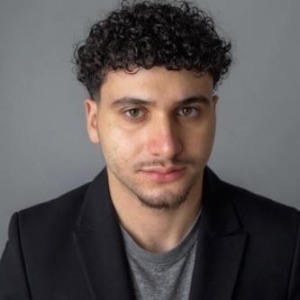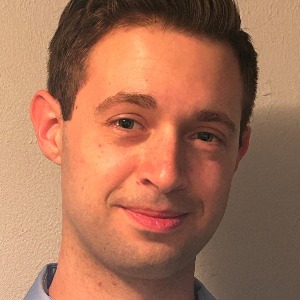Hallucis Longus Muscle
The Hallucis Longus Muscle is a deep and intrinsic muscle located in the lower leg, specifically in the posterior compartment. It originates from the fibula and the interosseous membrane, running down the leg and crossing beneath the sustentaculum tali before extending into the foot. The muscle inserts at the distal phalanx of the great toe (big toe). Functionally, the hallucis longus is a powerful muscle responsible for the flexion of the big toe's metatarsophalangeal joint. It plays a crucial role in activities like walking, running, and maintaining balance, providing the necessary strength for pushing off the ground during the toe-off phase of the gait cycle. Injuries to the hallucis longus, such as strains or tears, can occur due to overuse or trauma, impacting its function and causing pain in the lower leg and foot. Rehabilitation often involves strengthening exercises and targeted stretches to improve flexibility and restore proper muscle function. Proper care of the hallucis longus muscle is essential for maintaining overall foot and lower limb health.

Stephen S Tower
University of Alaska Anchorage, United States
Marcos Brioschi
American Academy of Thermology, United States
Wagih El Masri
Keele University, United Kingdom
Akash Ganguly
Warrington and Halton Hospitals NHS FT, United Kingdom
Hussein Jaber
University of Cambridge, United Kingdom




Title : Knotless suture repair for chronic lateral ankle instability: A systematic review & single- arm meta-analysis
Hussein Jaber, University of Cambridge, United Kingdom
Title : The UK profemur recall and implant cobaltism
Stephen S Tower, University of Alaska Anchorage, United States
Title : The tomographic phenotype and the genotype of wormain bones
Ali Al Kaissi, National Ilizarov Medical Research Center for Traumatology and Orthopaedics, Russian Federation
Title : Total Knee Arthroplasty (TKA) in hemophilic arthropathy: Modern outcomes and perioperative strategies
Jack Russek, Touro University California, United States
Title : Musculoskeletal and orthopedic implications of Gender-Affirming Hormone Therapy (GAHT): A PRISMA-Guided systematic narrative review
Jack Russek, Touro University California, United States
Title : New treatment of muscle contracture and joint contracture through muscle regeneration with mitochondrial dynamics
Ki Ji Lee, Busan Medical University, Korea, Republic of